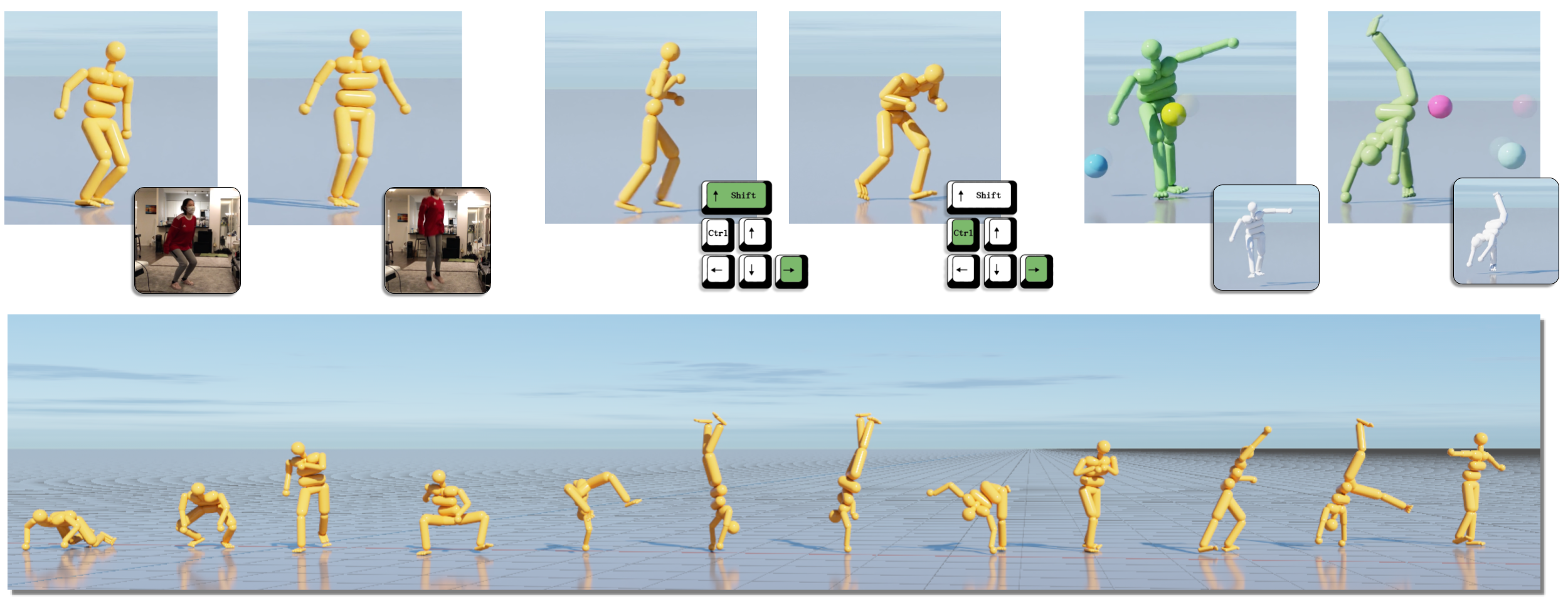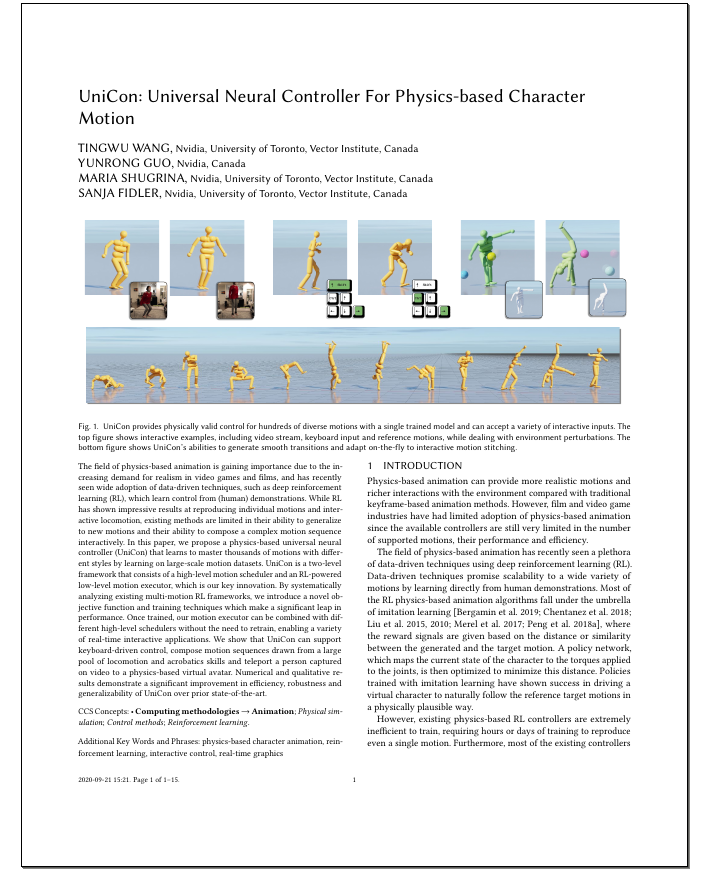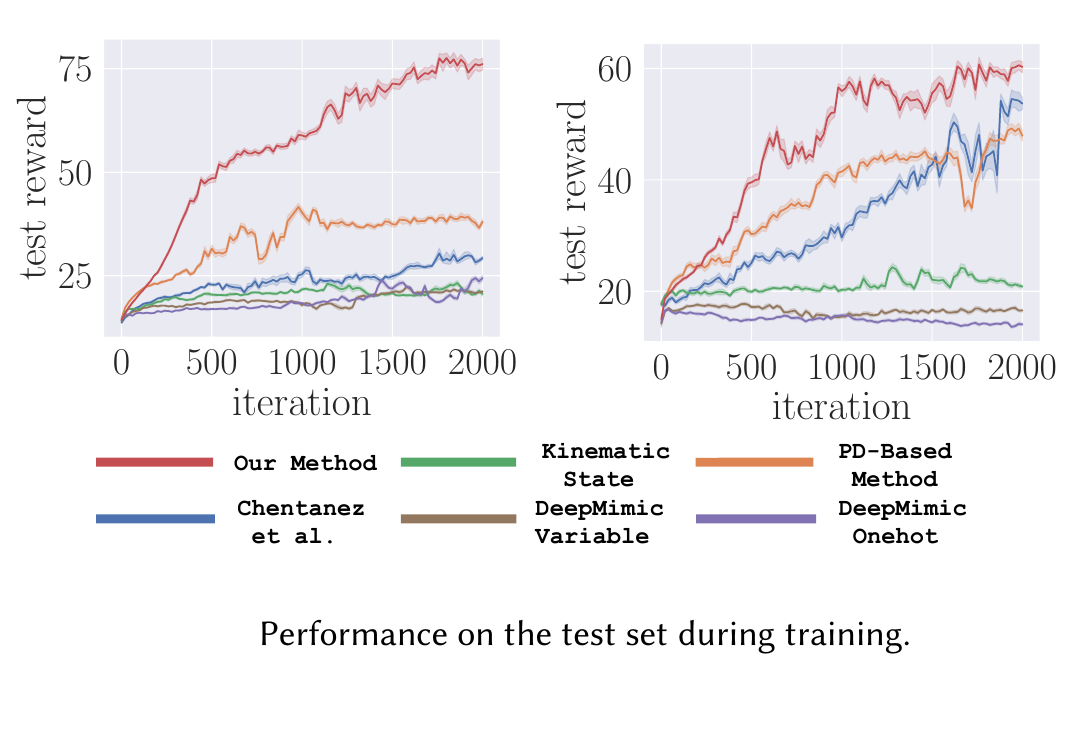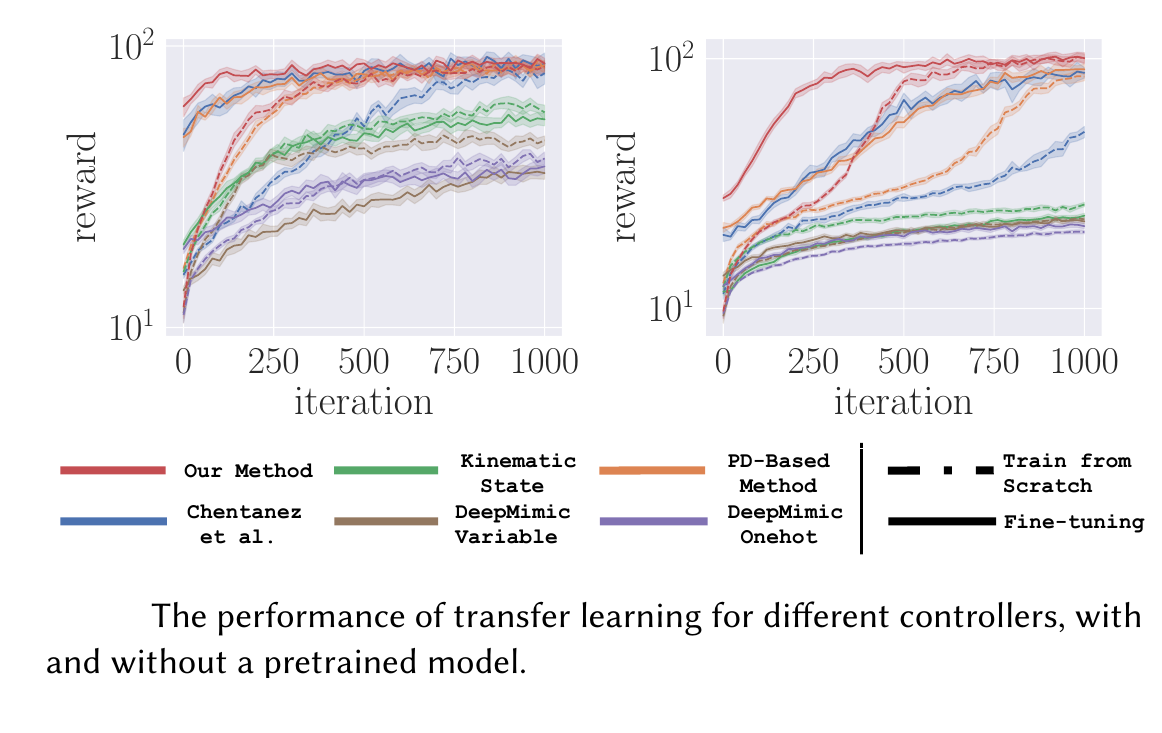
|
|
|
|
Sanja Fidler1,2,3 |
 |

|
Citation [Bibtex] [Arxiv]
|
|
|
30-second teaser video
|
|
Full 4-min demo
|

|
 |
 |
 |
 |
Last update: Sept, 2020 |